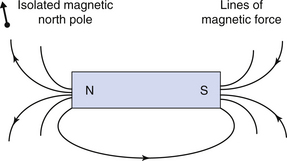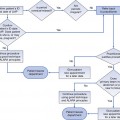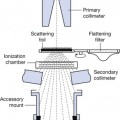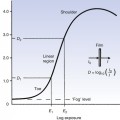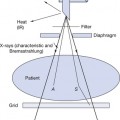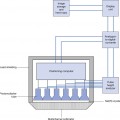Chapter 8 Magnetism
Chapter contents
8.1 Aim
In this chapter the key principles of magnetism are considered. Magnetism plays a vital role in the scanning technique called magnetic resonance imaging (MRI), which uses powerful magnetic fields to portray human tissues.
8.2 Magnetic fields
F is proportional to (p1×p2) divided by d2, where p1 and p2 are the individual magnetic pole strengths and d2 is the square of the distance between them. Thus it can be seen that the force on an object entering a magnetic scanner room increases greatly as the distance to the scanner decreases. This is an example of an ‘inverse square law’. Further examples of the law, which is particularly important in radiography, are provided in Chapter 26.
The direction of a magnetic field is taken as the direction in which a hypothetical isolated magnetic north pole would move if placed in the field. Hence lines of magnetic field pass from the north to the south pole of a permanent magnet, as shown in Figure 8.1 (see page 50).
Stay updated, free articles. Join our Telegram channel

Full access? Get Clinical Tree


